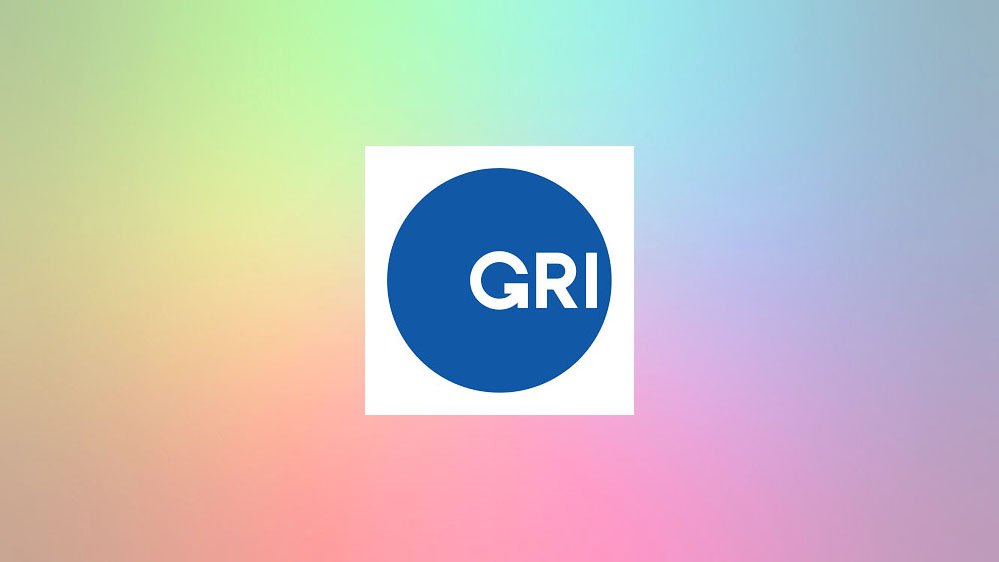Implementing GRI Standards: A Practical Guide to Effective Sustainability Reporting
In our previous discussion, we explored how the Global Sustainability Standards Board (GSSB) and the Global Reporting Initiative (GRI) play a crucial role in shaping corporate sustainability reporting. The GRI Standards are widely recognized as the most comprehensive framework for sustainability reporting, used by over 10,000 organizations across more than 100 countries. Here, we delve into the practical steps for implementing the GRI Standards and highlight key takeaways from successful case studies.
Understanding the GRI Framework
The GRI Standards are structured into three main categories:
Universal Standards: These are foundational and apply to all organisations, covering core sustainability considerations such as strategy, governance, and material topics.
Sector Standards: Tailored to specific sectors with significant environmental impacts, these standards help organisations address sector-specific sustainability challenges.
Topic Standards: These provide detailed disclosures on specific sustainability topics, such as biodiversity and waste management.
Steps to Implement GRI Standards
Materiality Assessment:
Identify the organisation's context and potential impacts.
Assess the significance of these impacts.
Prioritise the most significant impacts for reporting.
Stakeholder Engagement:
Engage with stakeholders to understand their concerns and expectations.
Integrate stakeholder perspectives into the reporting process.
Develop and Revise Content:
Gather data on material topics using the Topic Standards.
Develop or revise content as needed to ensure comprehensive reporting.
Tracking Progress:
Implement systems to track sustainability performance over time.
Use digital tools to analyse ESG data and benchmark against peers.
Reporting and Disclosure:
Ensure transparency by clearly detailing successes and challenges.
Include a GRI content index to make data traceable.
Key Takeaways from Successful Case Studies
Clear Materiality Focus: Prioritise material topics through stakeholder engagement and internal assessments to ensure the report addresses significant impacts.
Accurate Data Collection: Implement rigorous data collection and verification processes to maintain stakeholder trust and report credibility.
Comprehensive Stakeholder Engagement: Engage a broad range of stakeholders to integrate their perspectives and enhance report relevance.
Adherence to GRI Standards: Align reporting closely with GRI Standards to ensure global comparability and compliance.
Transparent Reporting Practices: Clearly detail both successes and challenges to build credibility and foster trust among stakeholders.
Best Practices for Setting Clear Goals
Align Goals with Material Topics: Ensure that sustainability goals are directly linked to the material topics identified during the materiality assessment.
Set Measurable Targets: Establish specific, measurable targets for each sustainability goal to track progress effectively.
Engage Stakeholders: Involve stakeholders in goal-setting to ensure their expectations are met and to foster support for sustainability initiatives.
Enhancing the Quality of GRI Reports
Use Digital Tools: Leverage digital reporting software to streamline data collection, analysis, and reporting processes.
Regular Review and Update: Regularly review and update sustainability reports to reflect changing stakeholder expectations and emerging sustainability issues.
Stakeholder Feedback: Encourage feedback from stakeholders to improve report relevance and effectiveness.
By following these steps and best practices, organisations can effectively implement the GRI Standards, enhance their sustainability reporting, and contribute to a more transparent and sustainable business environment.
Sources: internet resources
* * * * *
Design Studio MZ+MM makes Social Procurement sensible.
Design Studio MZ+MM is a social enterprise (SEE Mark No. SEE 0114) based in Hong Kong, providing various types of graphic design services. Currently, the team is composed of hearing-impaired and hearing designers who practice disability inclusion, which is the primary reason for promoting "diversity, equity and inclusion" in corporate organizations. We support the United Nations Sustainable Development Goals SDGs: 10 “Reduced Inequalities” and 17 “Promote Partnerships for the Goals”.
In addition to providing job opportunities for diverse talents, this social enterprise also helps corporate clients implement advanced governance concepts. We also firmly believe that Design Studio MZ+MM is still the only social procurement solution practitioner and provider in Hong Kong, providing professional design services in the true sense of social procurement and adding multiple levels of added social value. To learn more about the vision and mission of this social enterprise, please click this link to jump to the Social Impact page.


